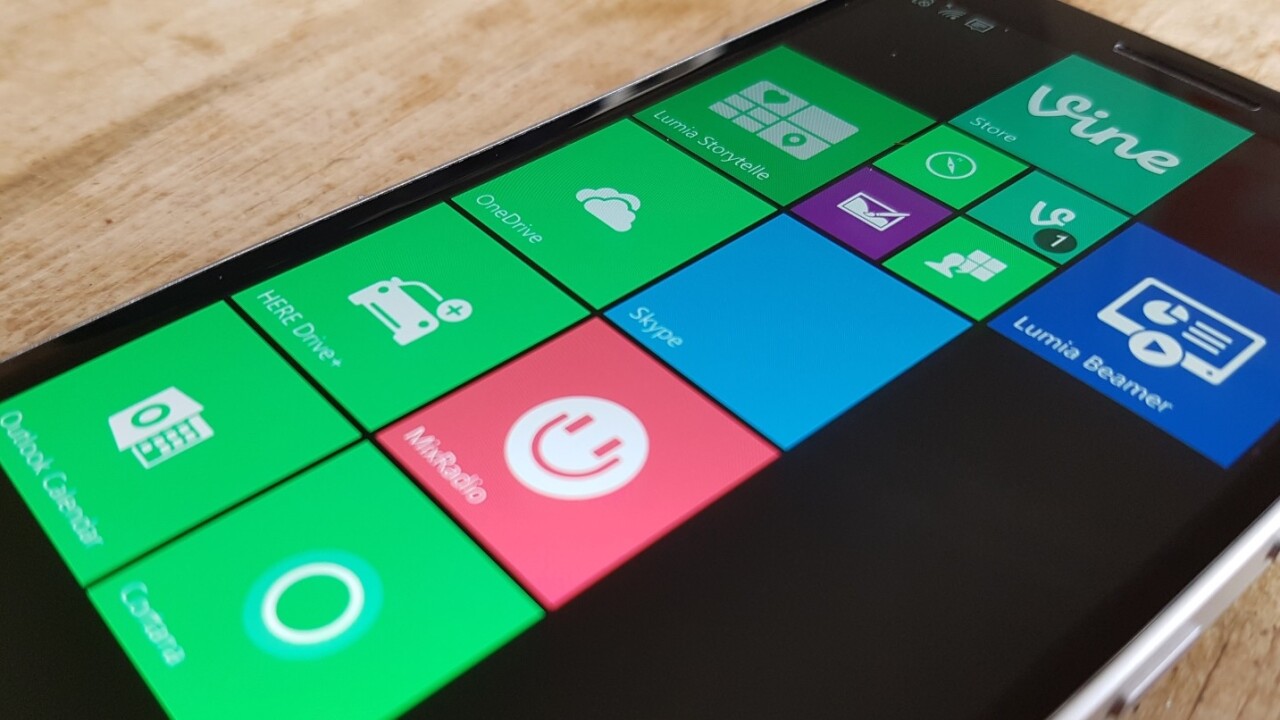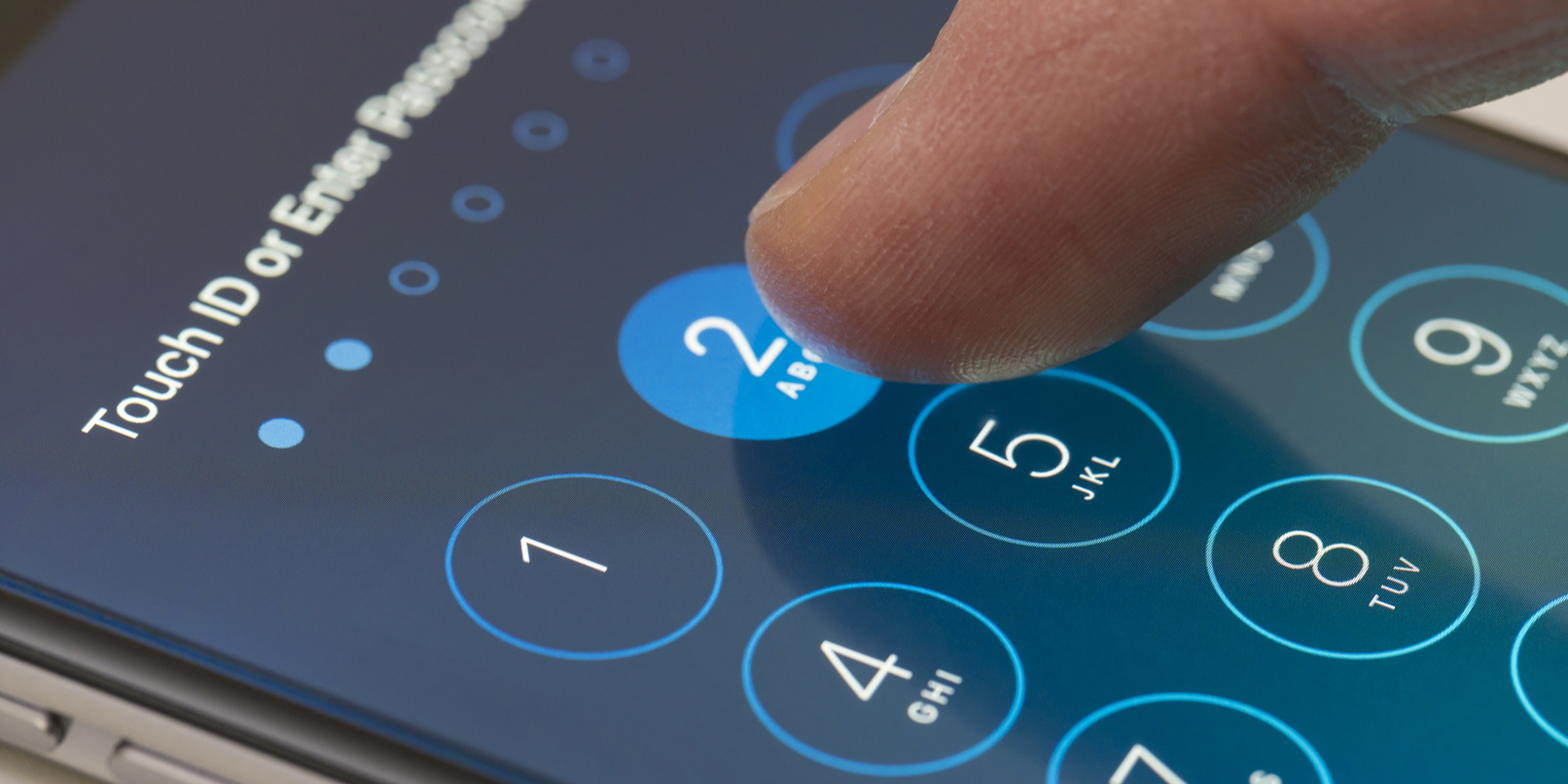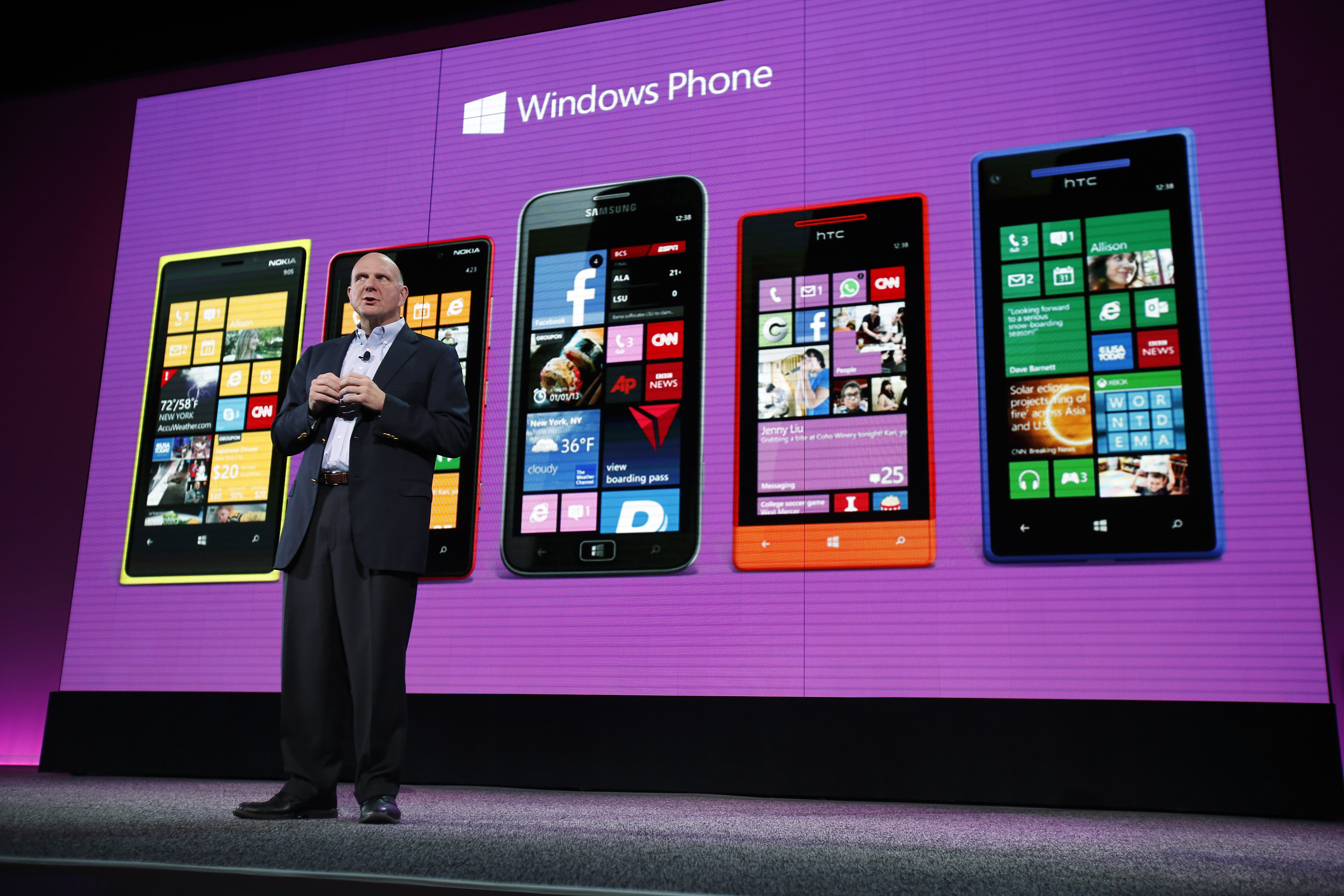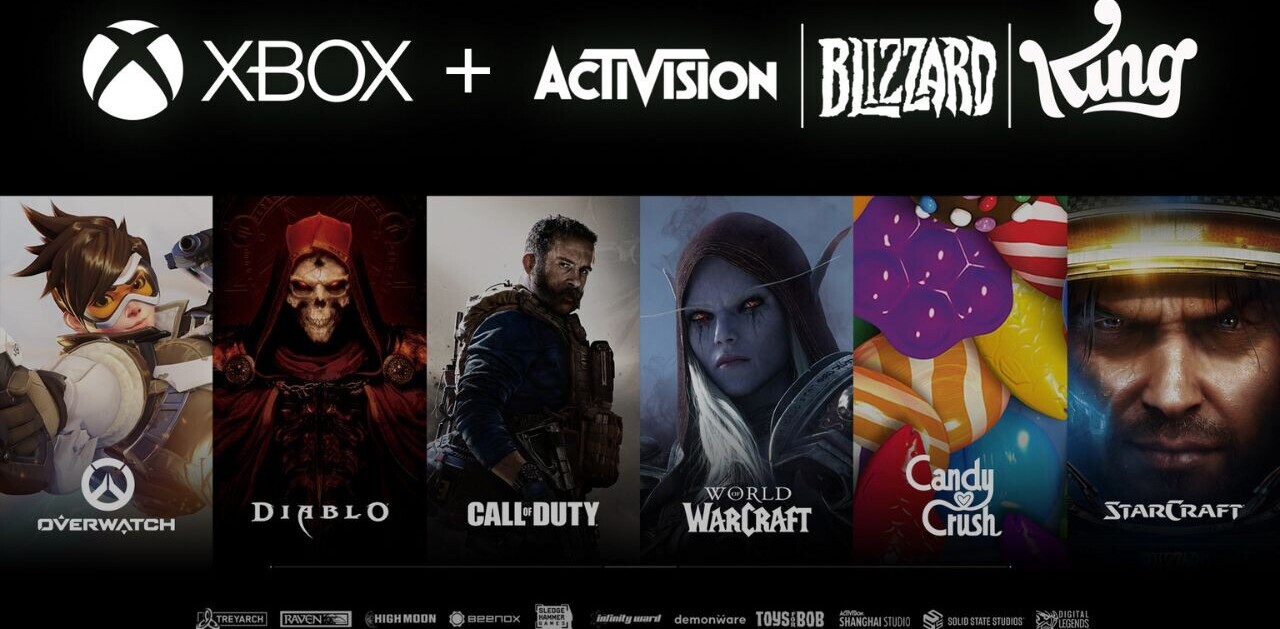
Earlier this year, I read a piece at ArsTechnica about Microsoft’s annual shareholder meeting, where many in attendance expressed their belief to CEO Satya Nadella that Microsoft had effectively ceded control of the smartphone market to Apple and Google, and had ceased to be a serious competitor.
One Windows Phone-using shareholder, Dana Vance, expressed his dismay that Microsoft had released certain apps on iOS and Android before Windows 10 Mobile. Vance also brought up the claims that development of the Microsoft Band had been discontinued.
Another audience member was more blunt, and asked Nadella straight up whether Microsoft was committed to Windows Mobile.
A slow and steady decline
So, here’s the thing. Eons ago, Microsoft was one of the market leaders when it came to mobile productivity. This was before Steve Jobs had even conceived the iPhone. Back then, the smartphone race was bitterly-fought between four main players: Palm, BlackBerry, Symbian, and Microsoft. Windows Mobile 6 – Microsoft’s offering – had a respectable market share of around 30 percent.
Windows Mobile did well with overworked office managers and financiers who wanted a convenient way to access their emails and tap out office documents, but its popular appeal was limited. The vast majority of handsets were just too drab and clunky for most ordinary consumers to even consider buying them.
But in 2007, everything went to shit for Microsoft. Apple released the iPhone, and in turn transformed the smartphone market into something that hadn’t been seen before.

At that point, the final nail in the Windows Phone 6’s coffin had been all but hammered. It started to hemorrhage users. Microsoft tried to stem the flow with Windows Mobile 6.5, which worked slightly better on touch-only handsets and had a better browser, but it just wasn’t enough.
By the time the company released its first real modern smartphone OS – Windows Phone 7 – Microsoft’s overall share had shrunk to a fraction of what it was in 2005. This was a profoundly humbling moment for a company that had dominated the world of computing since the early 1990’s.
Despite the subsequent launches of Windows Phone 8, Windows Phone 8.1, and Windows Mobile 10, Microsoft has never recovered in the mobile space.
It shouldn’t have to be this way
The most tragic thing about Microsoft’s unstoppable decline in the mobile is that it feels completely unnecessary.
There’s literally no reason why Microsoft – a company with vast financial resources and some of the world’s most talented developers and researchers on its payroll – should struggle like this.
Perhaps the biggest reason why Windows Phone (and later Windows Mobile) suffocated was that there was a vacuum of consumer enthusiasm. Nobody really cared about it. What frustrates me the most is that there were things that Microsoft could have done (and indeed, can do) to turn this around.
The struggling app store
Let’s address the ten-ton elephant in the room: the app store. Right now, the biggest reason why you shouldn’t buy a Windows Phone is that there’s a veritable drought of apps. Worse, of the scattering of apps that do exist, many of them haven’t received an update in a really long time.

Yes, I know that in 2013 it briefly offered to pay developers a whopping $100 for each newly-published app. Yes, I know that there were some private (and hefty) financial incentives given to larger companies, like Foursquare.
Clearly, these weren’t sufficient, and they weren’t sustained to ensure that these apps had feature-parity with their Android and iOS equivalents.
Taking control of hardware
The erstwhile CEO of Microsoft, Steven Ballmer, has some pretty strong thoughts on this subject. He (rightly) thinks that Microsoft should have gotten into the hardware game way sooner. Doing so would have allowed Microsoft to release phones where it can exercise control over every aspect of the device, much like Apple is with the iPhone.
This makes a lot of sense. During the brief halcyon days of Windows Phone, there were a smattering of devices running the software from a variety of manufacturers including Nokia, Blu, HTC, Alcatel, and ZTE.
Many of these were, at face value, pretty identical. In terms of industrial design and internal specifications, there wasn’t much to choose from. Moreover, it’s hard to differentiate between a Windows Phone device and an Android device because Microsoft only allows a certain amount of software customization.
From a consumer perspective, this was pretty confusing. I imagine that many people took a look at the then dizzying Windows Phone device ecosystem and promptly gave up, instead choosing to spend their money on an Android or iPhone.

The biggest mistake Microsoft made was its inertia to retire the Nokia brand and take control of the Windows Phone ecosystem.
When it bought the company in 2014, it should have immediately stopped licensing its software and instead have committed to releasing three phones per year: a low-end, a mid-tier, and a premium flagship device.
This would have allowed Microsoft to take a holistic look at how people use its devices, and allow it to take the same detail-oriented approach to user experience that Apple takes with the iPhone.
Microsoft can make amazing hardware. This fact has been proven time-and-again with the likes of the Xbox One, Surface, Surface Book, and Surface Studio. Imagine what it would be like if the only Windows Phones on the market were a range of enticing, well-built Surface Phones?
Microsoft should have put on its dreaming cap
Over the past five years, Microsoft has evolved from a company obsessed with making incremental improvements to its software, to one that’s fundamentally adventurous and is obsessed with the new and undiscovered. Hololens anyone?
I’ve got a theory about this. Since 2007, when Apple launched the iPhone, Microsoft has been playing catchup. It’s been so obsessed with ensuring that things work and that the essential features are present, it hasn’t been able to bring its vision for things like augmented reality to its mobile product.
From early on, Microsoft should have explored how it can differentiate its mobile offering from Apple and Google. It should have been bold. It wasn’t, and today Windows Phone languishes as an also-ran smartphone OS.
The last hurrah?
There were other things I wanted to mention. I wanted to bring up the confusing, inconsistent branding (note how many times I switch between Windows Phone and Windows Mobile in this article). I desperately wanted to rant about how I thought the platform was badly marketed. But time is short, and there just weren’t the column inches.
Some of you will read my article and furiously type out a comment about how I’m “an bias” and an Apple fanboy. You’d be wrong. Not that it matters, but this Monday I bought a Dell XPS 13, and over my lifetime I’ve owned four different Windows phones. As a platform, I’ve given it plenty of chances. Perhaps more than it deserves.
But time is running out for Microsoft’s mobile ambitions. Microsoft is rumored to be working on a Surface Phone. Satya Nadella says that this will be the “ultimate mobile device”. Will this be the company’s last hurrah before it eventually consigns itself to building apps and services for the other two big incumbents?
Maybe. But I hope not.
I’m a perennial optimist, and as a result haven’t written Windows 10 Mobile off quite just yet. I feel that if Microsoft somehow manages to convince developers to return to the platform, and if it can build a device that can compete with the current range of desirable flagships, then maybe – just maybe – it’ll have a chance.
Maybe. But I doubt it.
Get the TNW newsletter
Get the most important tech news in your inbox each week.





